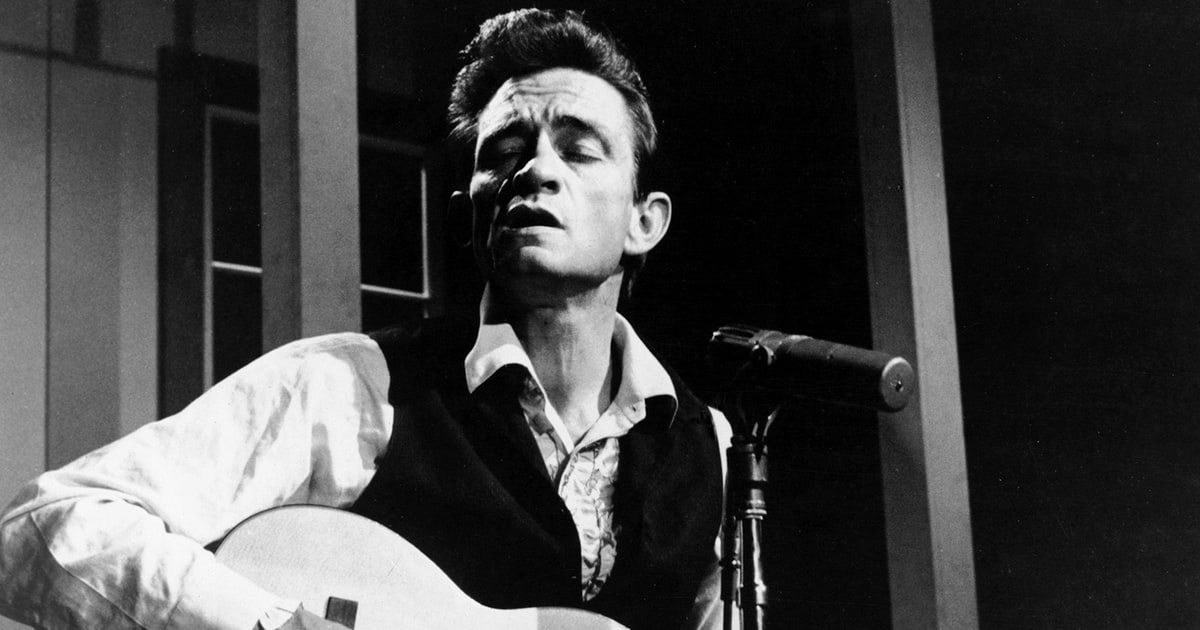
Among the songs they practiced was “Greystone Chapel,” a tune written by inmate Glen Sherley. During one of these rehearsals, California governor Ronald Reagan, who was at the hotel for a post-dinner speech, stopped in and offered the group words of encouragement.

In the days before the concert, Cash, his girlfriend June Carter, the Tennessee Three, Carl Perkins, and the Statler Brothers met in the El Rancho Motel for rigorous rehearsals. US #4494 was issued for Reagan’s 100th birthday. Folsom responded first, so that’s where Cash would make his comeback performance. His record label contacted San Quentin and Folsom. In 1967 he was determined to turn his life around and sought help for his drug abuse.Ĭash also saw this as a great time to return to performing prison shows. In the years after the release of “Folsom Prison Blues,” Cash had continued success with hits such as “I Walk the Line” and “Ring of Fire.” But over time his popularity declined, hindered further by his drug use. US #4789 FDC – 2013 Cash First Day Cover with Digital Color Postmark.

Cash eventually agreed and performed the first of several prison shows at Huntsville State Prison in 1957. In fact, many prisoners wrote to Cash asking him to come and perform at their prisons. Released in December 1955, the song was a big hit, especially with prison inmates. During that service in 1953, his unit watched Crane Wilbur’s crime film, Inside the Walls of Folsom Prison.Ĭash was so inspired by the film that he penned a song, “Folsom Prison Blues,” that captured his idea of prison life.

The resulting album that was recorded that day revitalized his career.Ĭash first became interested in Folsom State Prison (America’s second-oldest prison) when he was in the US Air Force Security Service. On January 13, 1968, Johnny Cash put on a concert at Folsom Prison. Johnny Cash Performs at Folsom Prison US #4789 features a photograph taken for the 1963 album Ring of Fire: The Best of Johnny Cash.


 0 kommentar(er)
0 kommentar(er)
